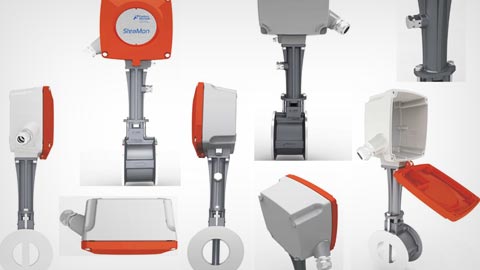Award-winning firm focuses on process with switched to 3D
Award-winning firm focuses on process with switched to 3D

Award-winning firm focuses on process
Forbes Marshall is an India-based manufacturer of steam accessories and control instrumentation. Forbes Marshall was ranked the fifth best place to work in India for the year 2013, based on a survey conducted across India by Great Place to Work® Institute and The Economic Times. This is the fifth time the company has received distinction in this category. Moreover, Forbes Marshall has won numerous awards for its products, including the India Design Council’s award for good design, the Manufacturing Innovation Conclave award for manufacturing innovation and design, and the IDesign Award for best design in the capital goods category.
Like many companies, Forbes Marshall has tracked a number of tangible benefits as a result of migrating from a 2D drawing methodology to a 3D design process. The company achieved most of its notable gains using product lifecycle management (PLM) technology from Siemens Digital Industries Software. The benefits include better visualization and communication, increased accuracy, faster time-to-market, improved quality, reduced costs and increased market penetration. These benefits were achieved using Siemens Digital Industries Software’s Solid Edge® software.
Perhaps the linchpin to the company’s success is best summed up in the word “process.” In fact, process looms large for Forbes Marshall. It is a more efficient design process that resulted in the reduction of substantial waste and re-work. Better design data management and synchronous technology made that possible.
“Before using Solid Edge, we faced problems in releasing and keeping track of drawing revisions,” says Yashwant Rajeshirke, senior development engineer, research and development (R&D), Forbes Marshall. “It was a manual method. Various drawings were released with the same drawing numbers. Sometimes different vendors were using different drawings for manufacturing the same components. It was difficult for our purchasing agents to accept finished goods, because often there were doubts as to whether the drawing used reflected the latest revision. So, we often received components with incorrect dimensions, which resulted in component rejection and re-work. The delivery time for machined components was always a bottleneck in our production process.”
The company’s 2D drawing system did not provide capabilities for managing basic data, such as drawing names and numbers. “It was a very difficult situation,” says Yashwant. “Our design engineers were keeping track of drawing revisions manually by using Excel spreadsheets or hand written forms. Someone had to be assigned to check each drawing. We used to spend lots of time checking and re-checking. If a mistake happened after manufacturing of the components or assembly, it was very difficult to identify at which stage or during which revision the mistake was made.”
